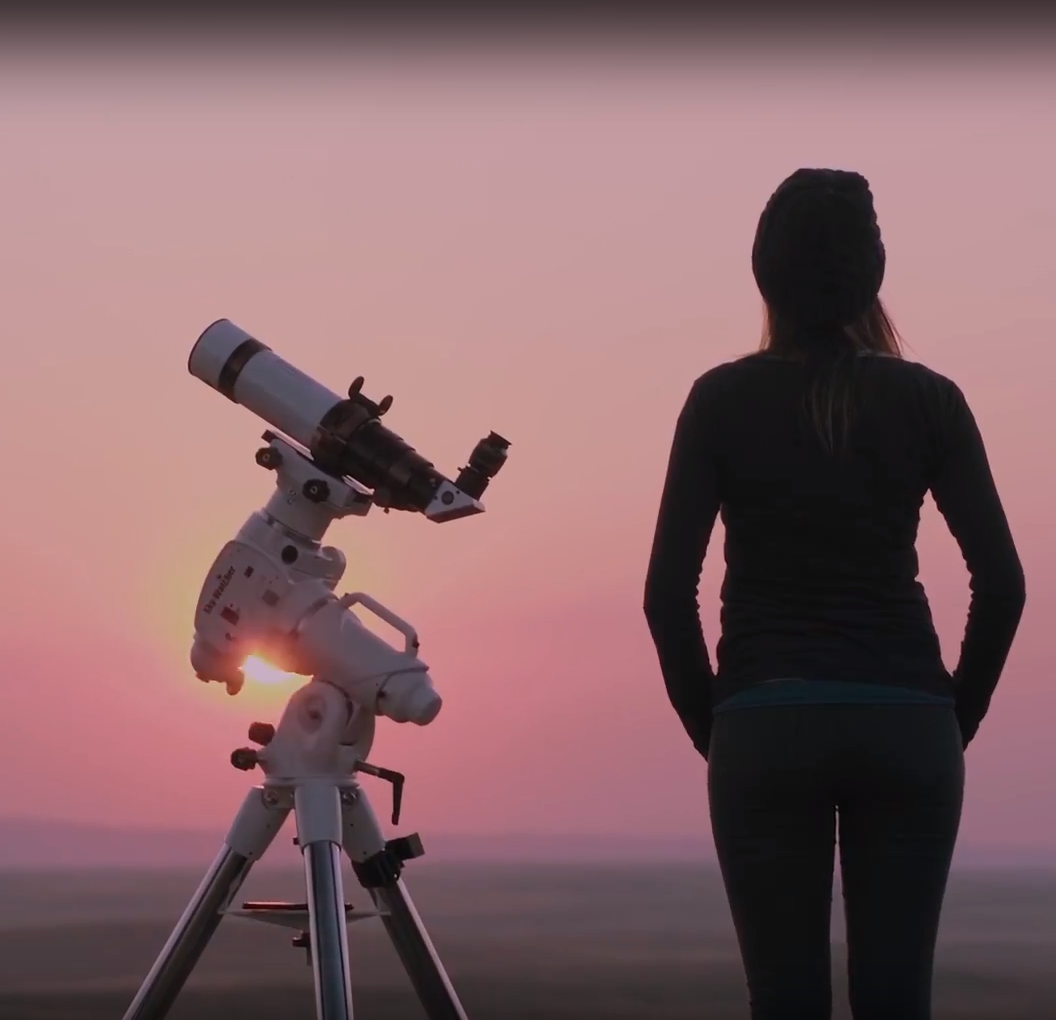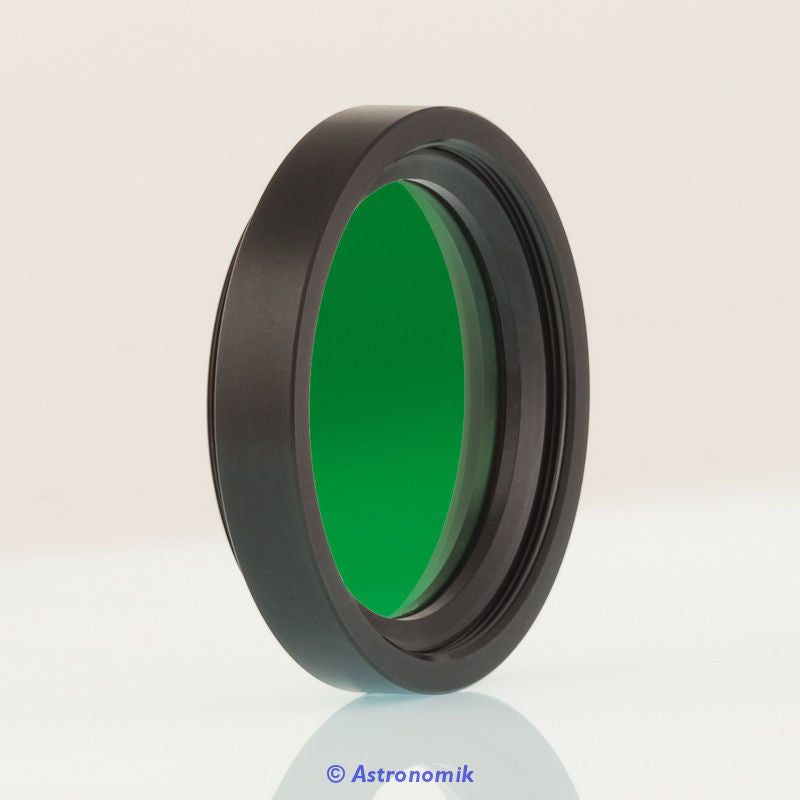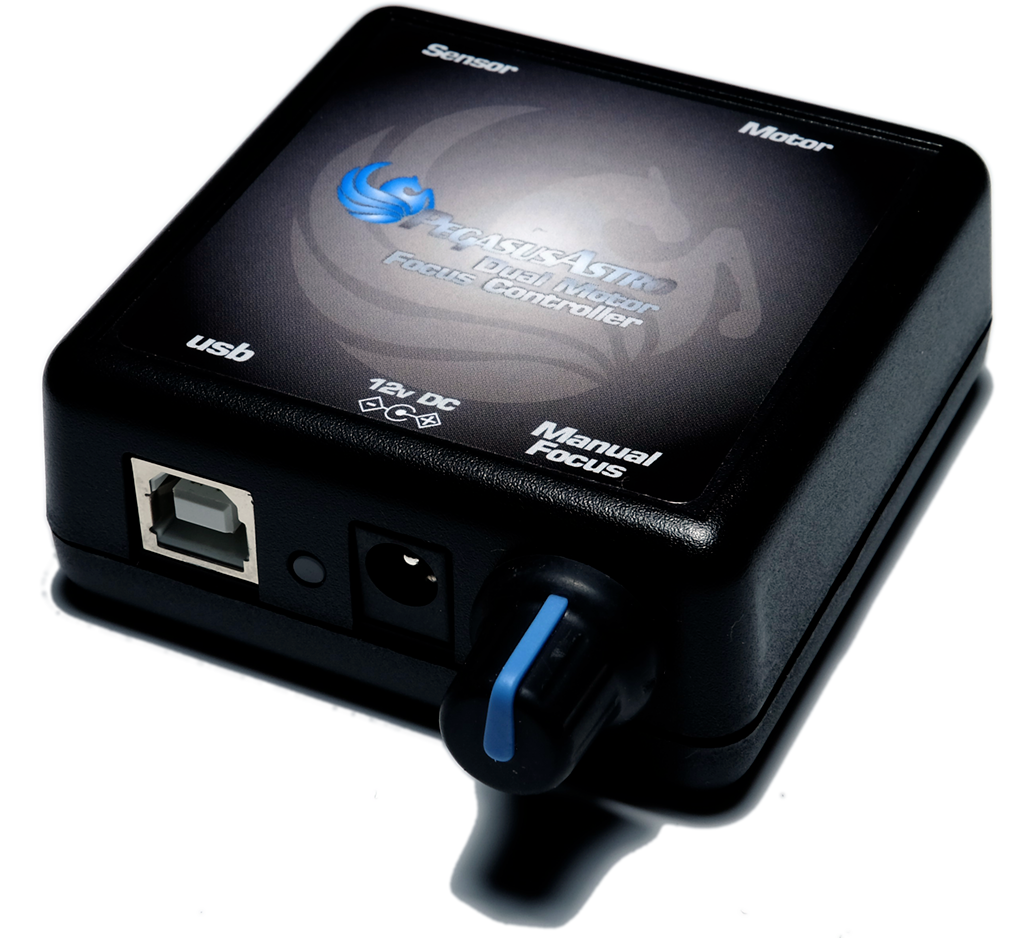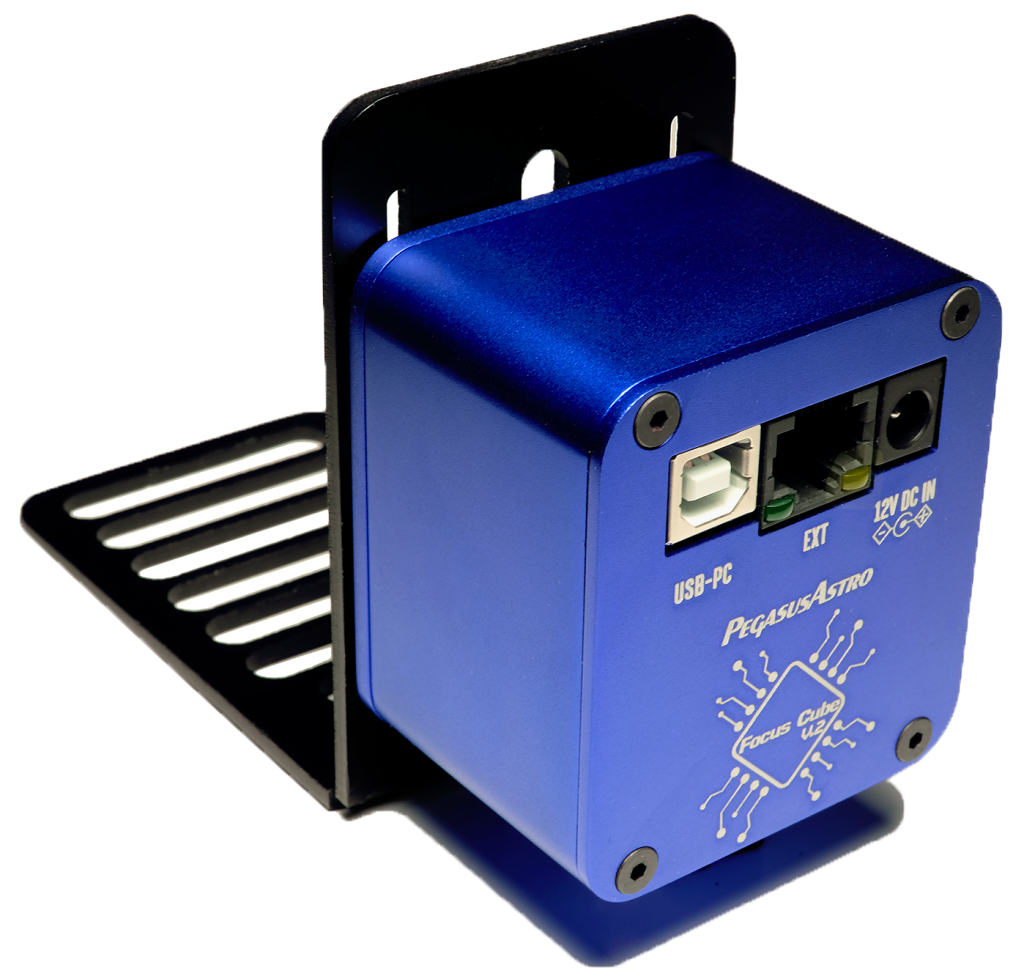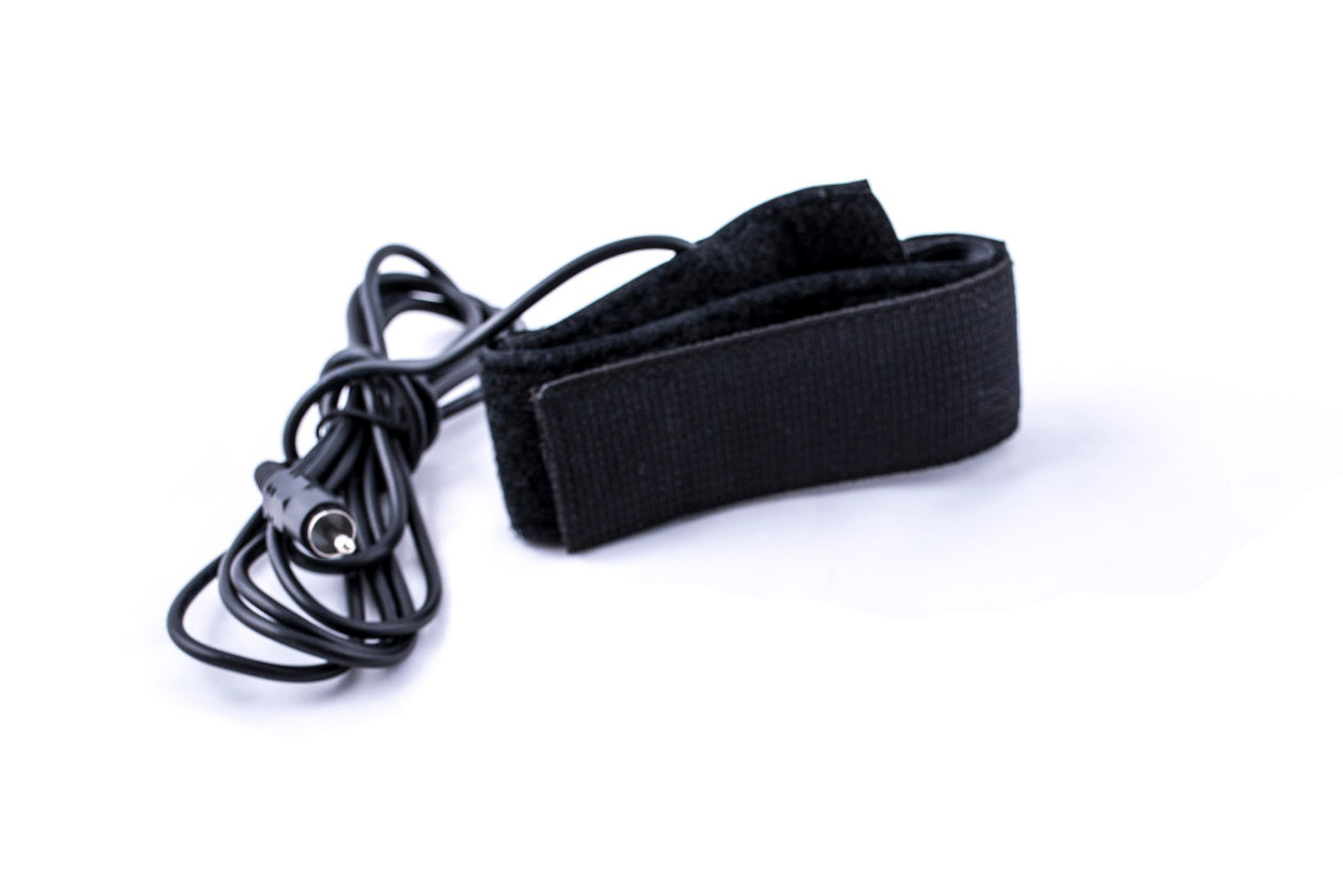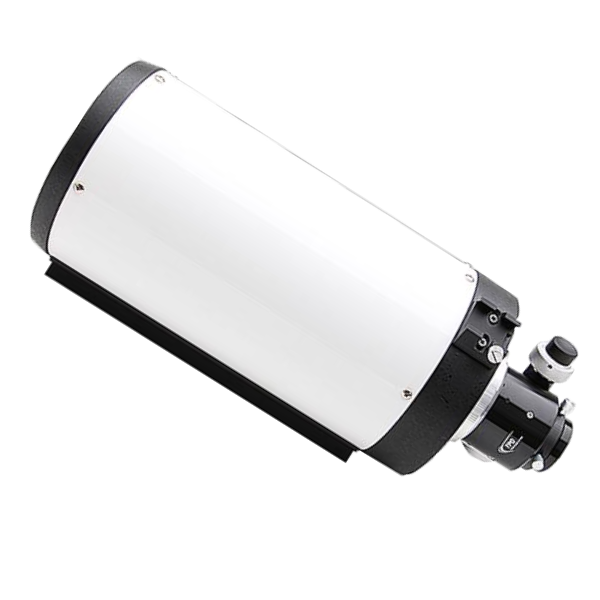Based on George Willis Ritchey and Henri Chretien optical design, the TPO 6" f/9 Ritchey Chretien Reflecting OTA Telescope is a versatile astrograph that can also be used for visual use. The RC Design contains a Hyperbolic shaped primary and secondary mirror to eliminate coma, chromatic aberrations, and spherical aberrations. For expert or professional astronomers interested engaged in scientific study, this telescope makes an excellent choice for astrometric measurements. Rear cell thread size is M90x1.
TPO 6" f/9 Ritchey Chretien Reflecting OTA Telescope Highlights
- No Chromatic Aberration: a Ritchey Chretien doesn't use lenses or corrector plates, the design doesn’t suffer from chromatic aberrations ( false color).
- Goodbye Coma: an RC has virtually no coma
- No Spherical Aberration: The use of hyperbolic mirrors for both the primary and secondary removes the problem of spherical aberration.
- Long Back Focus: 150mm from the focuser or 235mm from the rear thread allows you to mount lots of imaging gear.
- Fixed Primary: eliminates image-shift/mirror-flop and removes the need to collimate the primary mirror.
- Knife Edge Baffling System: computer designed and optimized baffle system prevent internal reflections and boost contrast.
Specifications with Optional Reducers
- Product Number: OS-FRRC-75
- Effective Focal Length: 1028mm
- Effective Focal Ratio: f/6.8
- Resulting Image Circle: 15mm
- Reducer Backfocus: 80mm
- Reducer: Astro-Physics CCD Focal Reducer for f/9-f/18 Telescopes
- Product Number: AP-CCDT67
- Effective Focal Length: 918mm-1069mm
- Effective Focal Ratio: f/6.-f/7
- Resulting Image Circle: 29.5mm-34.3mm
-
Reducer Backfocus: 67mm-101mm
- This reducer has different effects based on the spacing between the camera and the reducer. If you need assistance figuring this out, you can refer to the Astro-Physics 27TVPH and CCDT67 Compression & Coverage Document or contact us.
Accessories Included in the Box
Here are the adapters and accessories included from TPO when you purchase the TPO 6" f/9 Ritchey Chretien Reflecting OTA. They are listed in the same order that you would attach them to the rear threads of the telescope:
- Two TPO 25MM Spacers for 6" RC (OS-TPORC-25MMSP)
- TPO 50MM Spacer for 6" RC (OS-TPORC-50MMSP)
- TPO LRS Crayford Focuser for Ritchey Chretien Telescopes (OS-CF-LRS)
- TPO 2" to 1.25" Adapter (OS-A2125)
It can be challenging to figure out which adapters and other accessories you need in order to use your TPO 6-Inch RC visually or photographically. Below you will find several lists that should help make that task a whole lot easier! Links to suggested or required products will be included when applicable so that you can read more about an item and easily add it to your cart. If you have any questions or concerns, feel free to give us a call, start a chat, or send us an email.
Attaching the TPO 6" Ritchey Chretien to a Mount
The TPO 6-inch RC comes with a preinstalled Vixen-style dovetail bar which will allow you attach the telescope smaller Bresser, Celestron, iOptron and Vixen telescope mounts. If you mount uses a Losmandy-Style saddle, we recommend using theADM D Series Dovetail Bar for 6" OTA's.
Using the TPO 6" Ritchey Chretien Visually
Below you will find two accessory chains that you can follow if you want to use this telescope visually ending in a 2” or 1.25” diagonal.
- Accessory Chain Ending in a 2” Diagonal
- Accessory Chain Ending in a 1.25” Diagonal
Canon EOS, Nikon, Or Sony E-mount DSLR Imaging
Below you will find the accessory chain that you can follow if you want to use this telescope with a Canon, Nikon, or Sony E-mount APS-C sized DSLRs. Items in the chain that are included as standard accessories are marked as such, otherwise, each piece will be linked to the accessory on our website. Items are listed in the order you would attach them to the telescope.
Imaging With a Dedicated CCD or CMOS Telescope Camera
Below you will find the accessory chain that you can follow if you want to use this telescope with a dedicated astronomy imaging camera. Items in the chain that are included as standard accessories are marked as such, otherwise, each piece will be linked to the accessory on our website. Items are listed in the order you would attach them to the telescope.
- With TPO 0.75x Focal Length Reducer for Ritchey Chretien Telescopes
- With Astro-Physics CCD Focal Reducer for f/9-f/18 Telescopes
- Two TPO 25MM Spacers for 6" RC (Included)
- TPO 50MM Spacer for 6" RC (Included)
- TPO LRS Crayford Focuser for Ritchey Chretien Telescopes (Included)
- Astro-Physics CCD Focal Reducer for f/9-f/18 Telescopes
- The spacers that you will need will depend on several factors, how much you want to reduce the focal length by, how big is your camera sensor, the back focus of your camera, are you using an OAG etc. Generally, we recommend using the TPO M48 Spacers first then use an adapter to reduce down the thread size to get the correct spacing.
The suggestion above is not the only solution for attaching a dedicated camera. You can a log of accessories in your imaging-train like an adaptive optics unit, field rotator, off-axis guider, or on-axis guider. If you plan on incorporating one of these accessories or still have questions about the adapters you need for your application, we recommend that you contact us. We would be more than happy to help.


